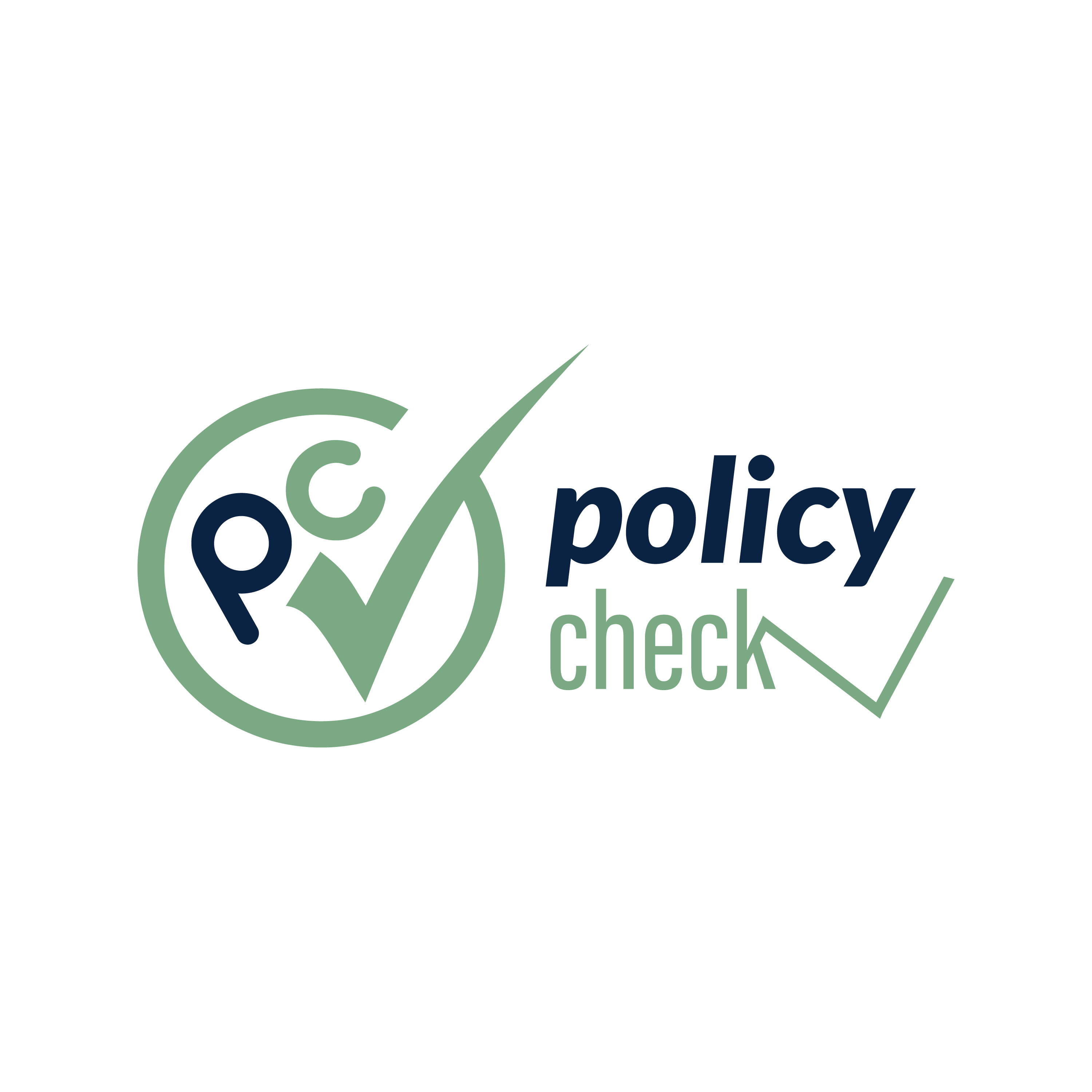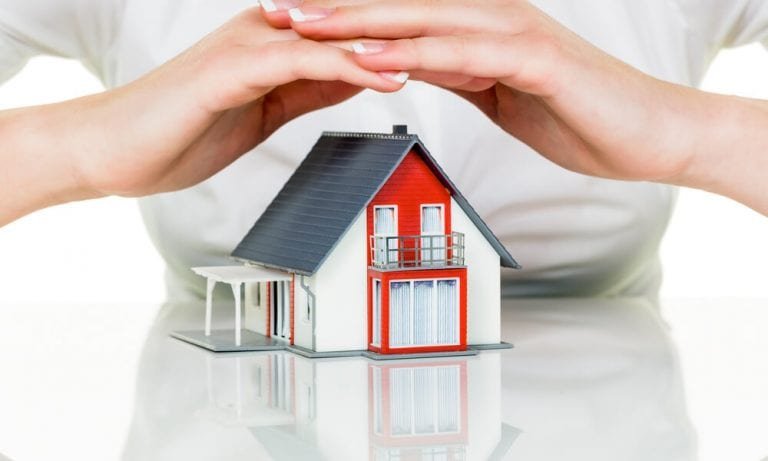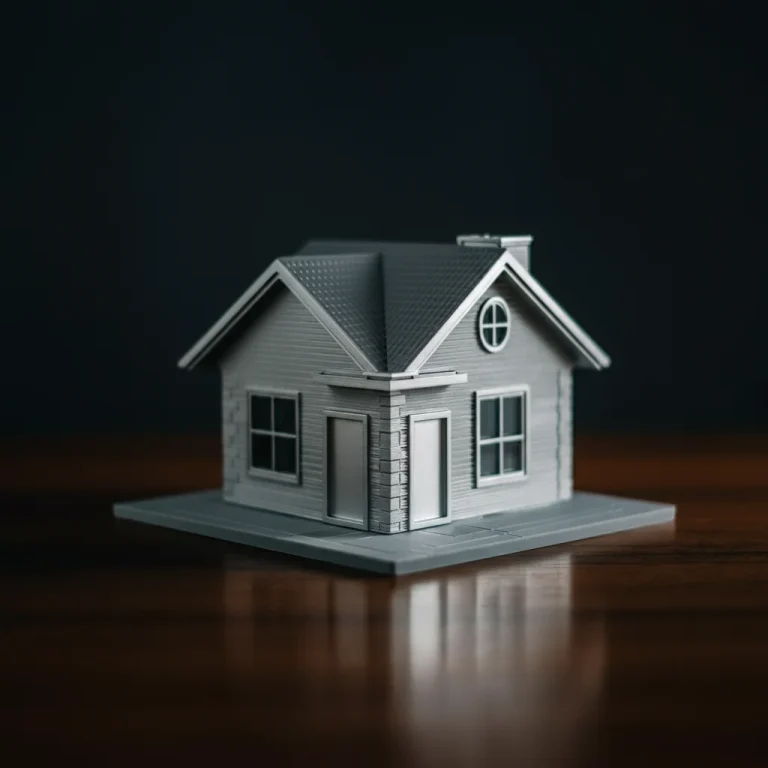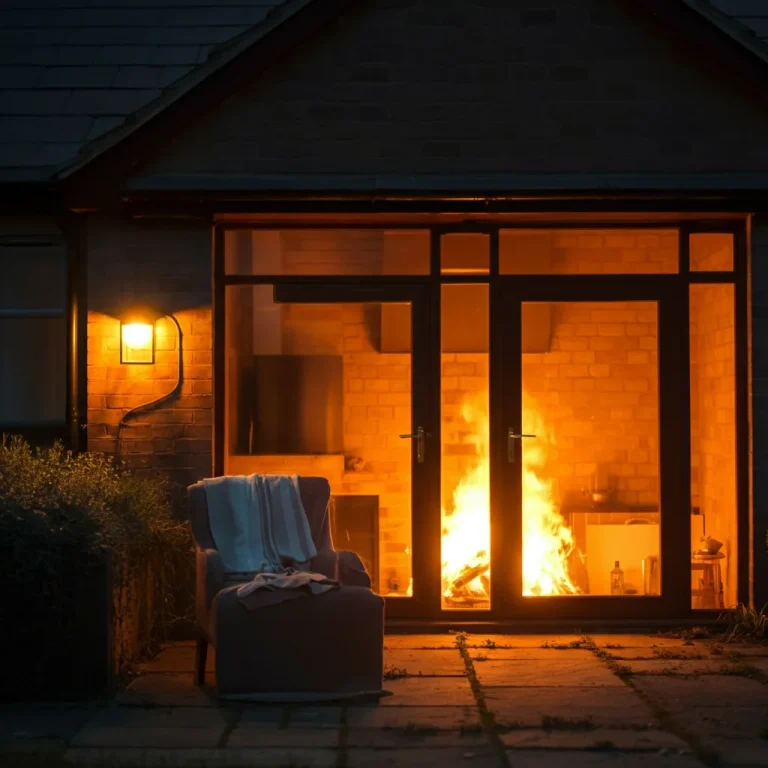The Basics of Home Insurance
Don’t confuse an HO-5 policy with an HO-2 special form policy because the latter is a standard home insurance policy.
There’s a of home insurance which are standard kinds that allows coverage in the following risks that may harm your home and property. This also covers more specific risks including fire, theft, vandalism and specific acts of God such as tornado or hail.
Furthermore, specifically, personal liability is included in many policies to shield you in case someone gets injured on your property, and also, if you are made to relocate temporarily due to the damage, the policy pays for temporary accommodation.
Key Exclusions to Be Aware Of
The offered home insurance provides significant degree of coverage; however, one has to take care of its deficiencies. Some usual issues are usually excluded from the policies include; damages by flood, earthquakes or by lack of proper maintenance.
More so, problems like mold, pest infestations, and wear and tear due to the normal process of aging are often excluded. Generate Therefore, while risks such as flood or earthquake, may require separate policies to be underwritten in order to get adequate coverage.
Roof damage and insurance In the field of construction and property
Common Kinds of Storm Damage That Usually Gets Claimed
Most home insurance policies address damage to the roof due to acts of God, objects that may fall on the roof and burning. For instance, if your roof gets pounded by hail or high winds, and the resulting damage is covered under the policy of the provider, then repairing or replacing the affected part will be done at the insurer’s expense. Accidents that are sudden, for example, a tree branch that penetrates through the roof during a storm should also be covered.
Circumstances where a leaking roof may not be addressed
It is important to understand that maintenance failures may well disqualify roof leaks from coverage if they arise due to negligence or a lack of proactive upkeep or routine damage. Some insurance companies even offer the provision on condition that homeowners keep their roofs in good shape. If water leak originated from an excluded risk such as mold or substandard workmanship at inception of construction then it cannot be covered under normal insurance policies.
Common Causes of Roof Leaks
Weather-Related Causes
Extreme weather condition is one of the most common causes of leakage in roofs. Accumulated water from heavy rains, hailstorms or snow bring about roofs structures to weaken and allows water penetrate through. Conditions such a high-speed winds and storms can also lead to tearing or removal of the shingles hence exposing some parts of the roof to moisture.
The following issues may be attributed to poor maintenance or wear and tear include the following;
Roof leaks are often caused by poor maintenance or absence of it since the roof is rarely seen. Periodically there may be loose shingles, a rotted flashing, or deteriorated sealants through which an attacker can gain access. Failure to have a gutter system, not repairing a minor crack, or failure to check trouble spots may worsen the problem, resulting in expensive repairs later. This and many other issues can be prevented through maintenance thus extending the life span of the roof.
Filing a Claim for Roof Leaks
Things to Do before Filing a Claim
Of course, there are a number of measures that must be taken before the claim is filed: ❸ The availability of insurance is an important at the same time, urgent action is necessary to reduce the severity of an accident or such consequences and simplify the insurance process. First of all, deal with the active leak – for this, at least, use tarpaulins or buckets to minimize any water infiltration. Then, go through the homeowner’s insurance policy to find out what is provided for roof leaks. When making negotiations, make sure to recall any possible deductibles and the necessary exclusions. Contact your insurance company and explain the situation as well as follow the advice you have been given by the insurance company.
Read the article to find out how to effectively document roof damage to ensure insurance covers the expense.
It is very important to provide clear ‘paper trail’ to back up your roof leak claim. Ensure that you have clear healed, large images that capture the areas of damage both in detail and in the broader perspective. If weather permits take external and internal pictures, for instance, evidence such as water marks or a ceiling that seems to be sagging.
Make a note of the date that the particular damage was discovered, as well as what led to it, for instance, a storm. Always save the receipts of abrupt spending for work orders or other expenses that were made with an intention of mitigating any further damages, that might be claimed back from the insurance company.
Avoiding roof leaks: some recommendations
Safety Controls, Maintenance &passage Inspection
Roof leaks are easily prevented by the simplest process that is through routine roof maintenance check up. Inspect professionals should be called twice a year: either in spring and in the autumn, to make sure there are no signs of high wear, notable damages or potential repair needs. Cleansing of gutters is necessary in order to eliminate water and give roof the necessary strength it needs. Check the deterioration or damage to flashing, shingles and seals surrounding chimneys and vents in order to perform their functions.
The Other Expenses Include Buying High Quality Roofing Materials
Many of the factors that define the durability and durability of the roofs are determined by materials used in installing or fixing the roof. Spend your money to purchase materials with durability appropriate to your local inclement weather conditions.
High quality shingles, new flexible and effective flashing, and quality sealants can make a big contribution towards helping to avoid leaks. There is always a probability that getting these materials may be slightly expensive than the normal ones due to its reputed manufacturers hence the cost effectiveness since they do not require constant compensation as most normal materials do.
As a rule, if one is still carrying around a checkbook, it’s time to consider additional coverage.
Services: Amrit Lal and Co matter cannot be explained without making a mention of endorsements and riders.
Traditional homeowners insurance policies are likely to come with a clause limiting the amount of money that is paid out on roofs especially those which deteriorate gradually. It would be advisable to include such risks or perils as wind or hail damage in policy endorsements or riders. These additional options can come handy and give more safeguard so that your roof remains insured even in some other undesired situation.
Learning about Flood and Earthquake Insurance for Roofs
Flooding and earthquakes are usually not included with most typical insurance policies however these can greatly affect your roof and home. In a locality which is vulnerable to such natural disasters, it is strongly recommended that the homeowner should buy flood or an earthquake rider policy. These specialized coverages can curb the cost aspect of repair or replacement and minimize a considerable loss after an incident.
Conclusion
It’s an important part of protecting one of life’s major investments by choosing the best roof cover for your house. Indeed, having broad structure of the basic homeowner’s insurance is good to start with, and knowing its nuances and excluding the opportunities given by additional endorsements, riders, and especially specialized policies.
Therefore through assessing your location, the age of your roof and various risks one can come up with quality decisions that actually safeguard your home in the long term as well as bring forth the desired financial security. It may be comforting to know that you’re ready for everything the future holds to ensure your roof, and subsequently, your home will always be adequately protected.
FAQs
1. Does the typical homeowner’s insurance policy embrace roof claims?
Yes, the standard homeowners insurance policy will pay for roof damage due to perils like fire, wind or from a hailstorm for instance. However, this varies depending on the age of a house, the status of the roof as well as the policy type and the conditions therein. It’s always recommended to consult with your insurance company to get further info.
2. What is the difference between actual cash value (ACV) and replacement cost for roofs ?
Replacement cost coverage does not take into consideration the depreciation on your roof and therefore, what the insurance company will pay you will be the cost of roofing at the time of the destruction. Replacement cost coverage, however, pays for the whole cost of the new roof of equivalent standard, less the depreciation.
3. Do I need to purchase a separate policy for either flood or earthquake damage to roofs?
Yes, it may be required depending on in which area you are residing you may need to invest in the special flood or earthquake insurance. These types of damages are usually not covered in regular homeowner’s insurance policies. Special flood or earthquake insurance can help you to exclude essential repair expenses connected with these types of disasters.
4. What can I do to bring down roof insurance costs?
To reduce the cost of your roof insurance, make sure you keep your roof in good shape, use reinforced material in your roof and insure your car with the same insurer who insures your house. Furthermore, fewer insurers may reduce premiums for weather-proof features and more for increased resistance to cyclones.
5. Should I get a roof endorsement for the homeowner’s policy that I have?
If you live in a location with cyclones or hurricanes or if it’s costly to replace your roof then you can opt for a roof endorsement. This endorsement can come with an addition of extending coverage or provision of additional risks beyond those that are covered in your base policy.








